Can you really cleanse your spirit, mind, and reach enlightenment through food? I tried at Balwoo Gongyang in Seoul, the first-ever Korean-style temple food restaurant in the world.
When researching unique experiences in Seoul, I came across Balwoo Gongyang, the first-ever restaurant serving Korean-style temple food in world. Balwoo Gongyang opened in 2009 with the goal of promoting the culture of Korean temple food. By 2017 it received it’s first-ever Michelin star. But what does “temple food” mean in Korean culture?
The Jogye Order of Korean Buddhism has lived by very strict principles when it comes to food for the last 2,000 years. Buddhists believe that food has a spiritual energy that brings life. In other words, eating food is part of the path of practice to enlightenment and divided into five different categories. At Balwoo Gongyang, each category is given it’s own menu. Food is interconnected with nature, harmony, meditation, the mind, and happiness. This interconnectedness means that temple food is completely vegan and prohibits the use of five very common cooking ingredients: green onions, garlic, Chinese chives, wild chives and Chinese squill. The food served comes from traditional recipes handed down in Korean temples.
Why are these five spices prohibited?
They have a pungent aroma and a poignant flavor believed to disrupt one’s peace of mind which is crucial to the practice of asceticism.
Now you may be thinking, but without these spices the food must taste bland. That’s what Balwoo Gongyang has succeeded in overcoming. By relying on aged temple-made red chili paste, soy bean paste and soy sauce, the dishes have a real depth of flavor. I decided to try it out and experience Korean style-temple food for myself as a means of cleansing my spirit and mind.
Balwoo Gongyang is nothing fancy. In line with Buddhist principles, simplicity and humility is key. Balwoo Gongyang is located on the fifth floor of the Temple Stay Information Center, directly across from Jogyesa Temple. The staff didn’t speak much English, so we resorted to pointing and gesturing during our meal. Balwoo Gongyang is comprised of a number of small and private rooms. It’s important to make a reservation in advance, especially if you plan on going for dinner. My mom and I were escorted to a small, private room with minimal detail and given the menu.
The restaurant offers 4 tasting menus. The menus change every three months in line with the seasons since everything is plant-based. All the ingredients are prepared fresh from different temples around Korea. We chose the Seon Course, or a 10-course Joy of Meditation meal, with Ginseng tea. Our course is meant to direct a joy of state of consciousness attained through meditation. It is important to keep in mind that although it’s a 10-course meal, every course is bite-sized so fairly easy to consume. Before we began our first course, we start by first saying the pre-meal chant, which is written in big letters on the wall of the room:
Where has this food come from? I am ashamed to be eating it. I will take it as medicine to get ride of greed in my mind and to keep my physical being in order to achieve enlightenment.
Lip-Moisturizer (Suljuksim)
The first dish that is brought out is meant to moisten your mouth to help enhance digestion. We were presented with fig preserved in omija berry extract. Sweet, soft, and absolutely delicious! This had to be my favorite part of the entire meal to be honest. It was the most flavorful due to it’s sweet berry taste.
Porridge (Juksang)
Juk, or porridge, is usually served to Buddhists as an early breakfast. It is said that consuming juk has five benefits. It curbs hunger, quenches thirst, helps digestive problems, prevents stroke, and normalizes bowel movements. Our juk was sweet pumpkin soup (on the left) with a side of seasonal watery kimchi (in the middle). The pumpkin soup was exquisite and the kimchi was very easily digestible. It wasn’t as strong as the kimchi that is usually served in Korea due to it’s lack of green onions and chives.
Entree One (Sangmi)
In Buddhism, taste is classified into 10 different categories. Sangmi is one of them, which triggers appetite through taste and smell. Sangmi is typically a dish served cold. We were given three different dishes for sangmi. My favorite was the stir-fried dried acorn jelly with green pepper. It was stir fried in either sesame oil or another temple oil. It was chewy and unlike anything I had ever tasted.
Stir-fried dried acorn jelly with green pepper Heat autumn vegetables seasoned with asian pear and mustard sauce Mixed oyster mushroom and lotus root with gochujang sauce
Entree Two (Dammi)
Dammi on the other hand is prepared hot. It is the taste of chewing or texture. We were served deep-fried assorted mushrooms seasoned with gochujang sauce. This meal was a bit on the spicier side because of the gochujang sauce, or temple-aged chili paste.
Medicinal Meal (Youmi)
This is the meal that is meant to cure you from all your daily ailments, both physical and mental. Meals that are typically served are rice and soups with a side of condiments. My favorite meal had to be the rice with chestnuts. I would mix the condiments with it and dip them in my soup. The soup was good, but rich in soy sauce and kimchi for my sensitive European taste buds. We had:
Dessert (Ibgasim)
After a splash of flavors and textures, the meal ends with a dessert that helps clean the remaining taste in the mouth and enhance digestion. We were offered cinnamon tea and balloon flower root preserved in grain syrup. The balloon flower was extremely chewy, so chewy and hard and a bit tasteless that it stuck to my teeth. I had to drink the delicious cinnamon tea in order to get it down. But it did it’s job of cleaning the taste of my meal from my mouth.
The whole lunch was ₩30,000 Won, tax included. That’s about $26. Dinner can cost you double, so I recommend you head there for lunch. Balwoo Gongyang does not offer any alcohol, but a corkage service is offered during dinner if you BYOB. Did I leave feeling enlightened? Not really, but I did leave feeling lighter and left with a better understanding of Korean Buddhist temple culture and the importance that food has in their path to enlightenment.
Follow SVADORE on:
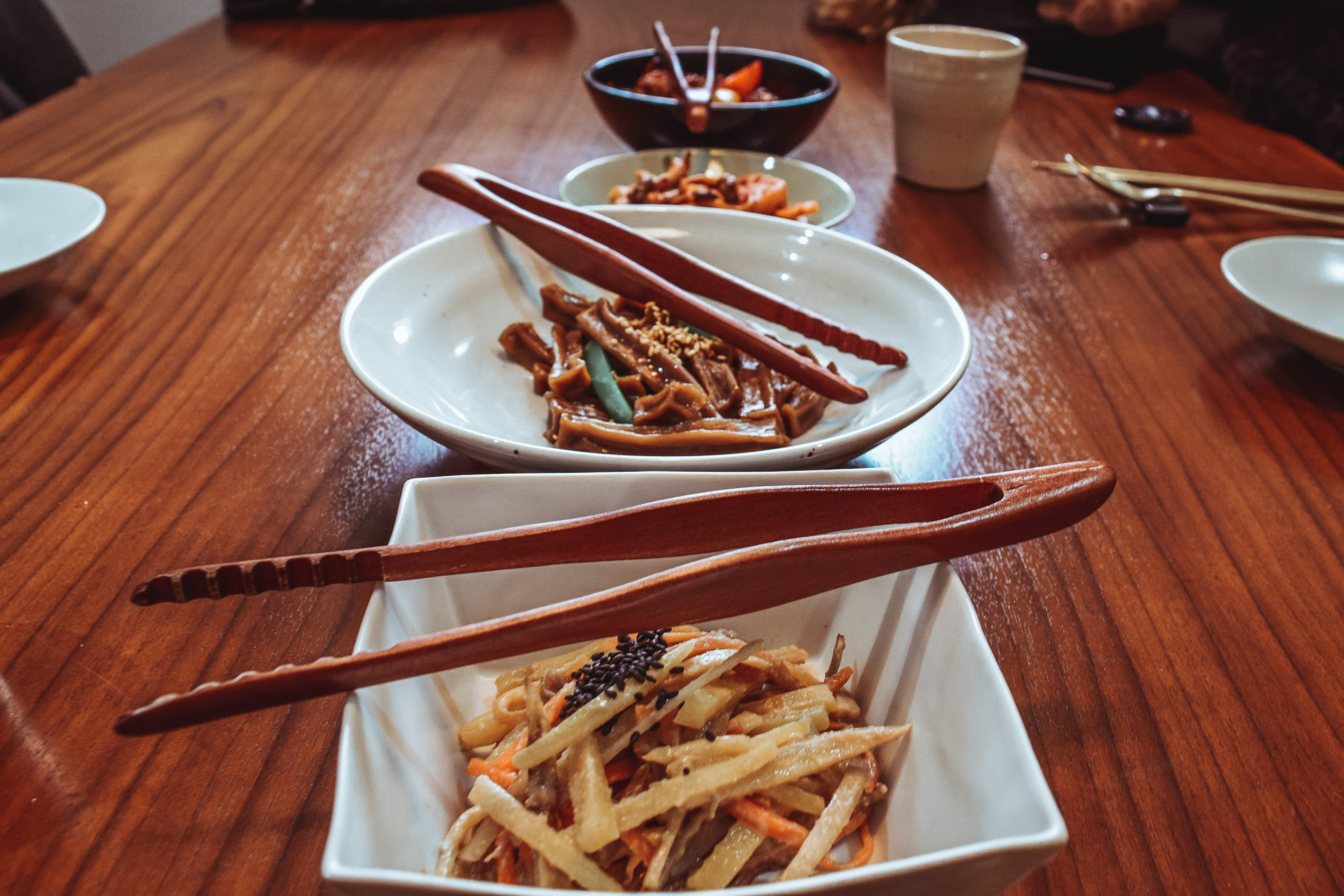
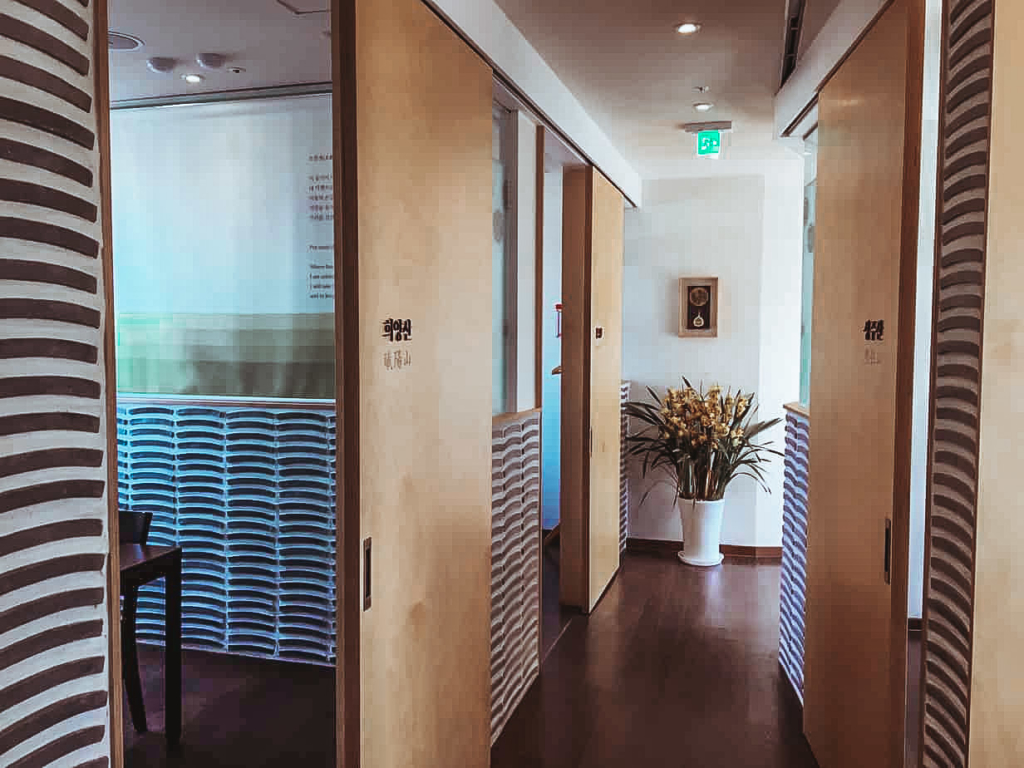
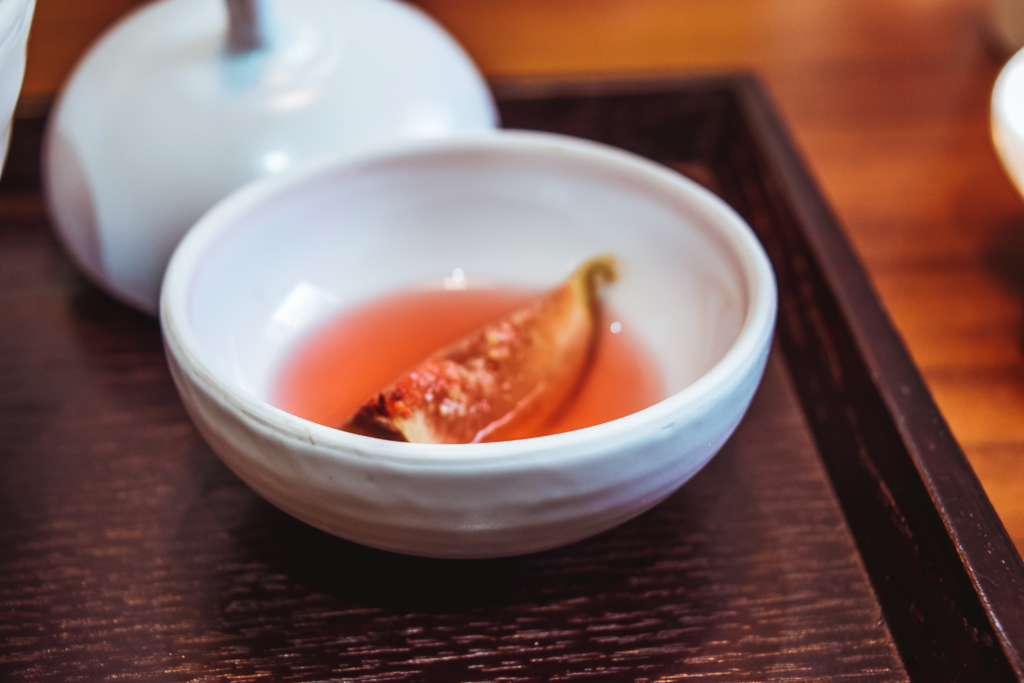
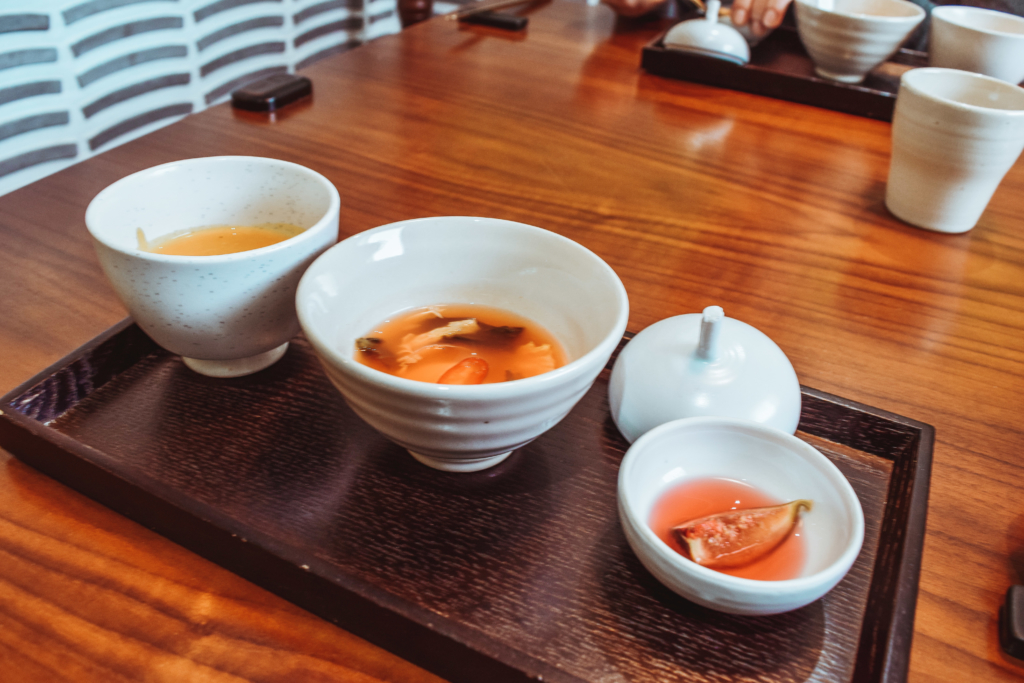
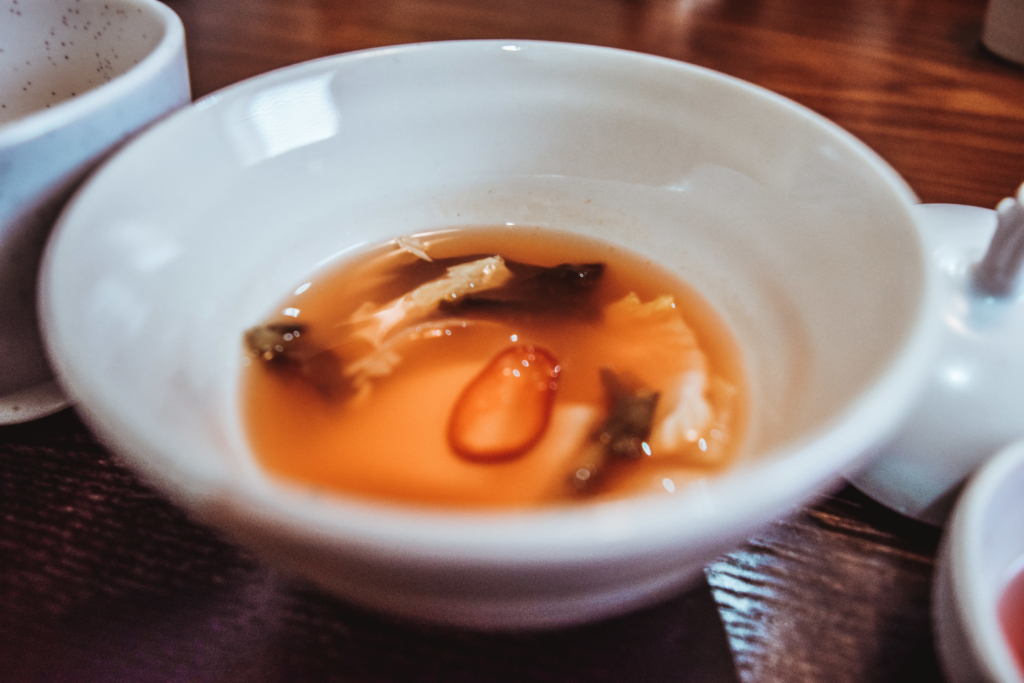
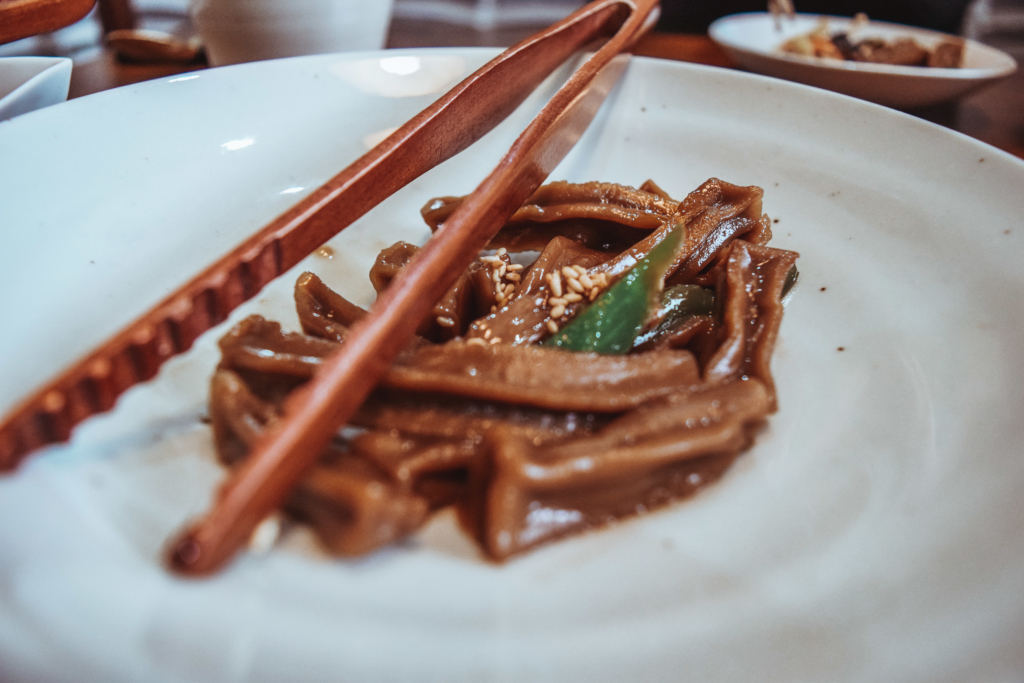
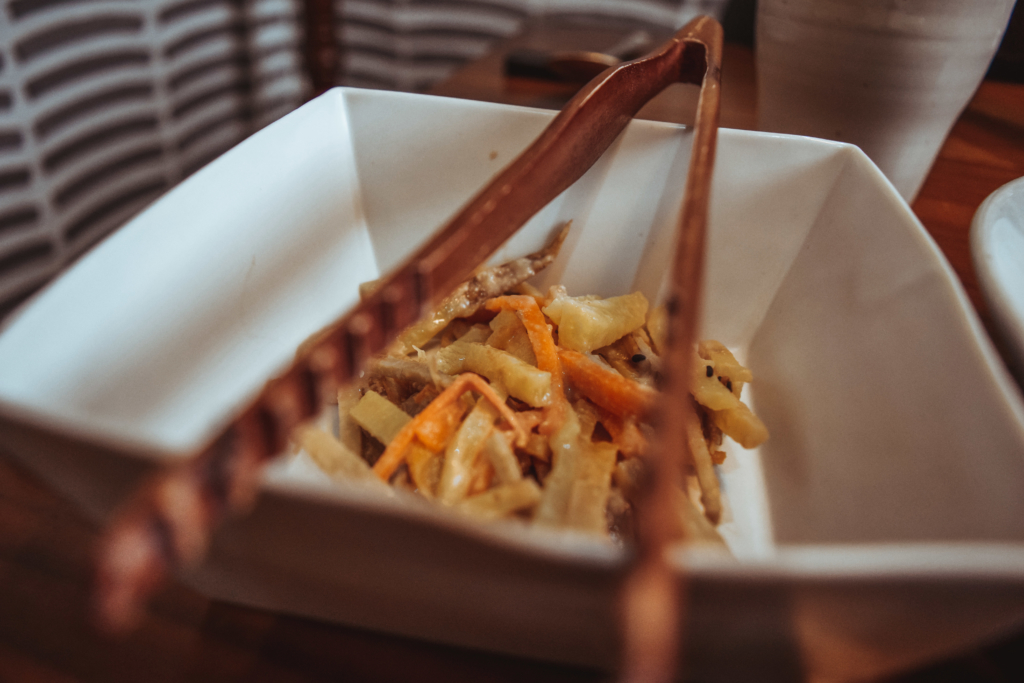
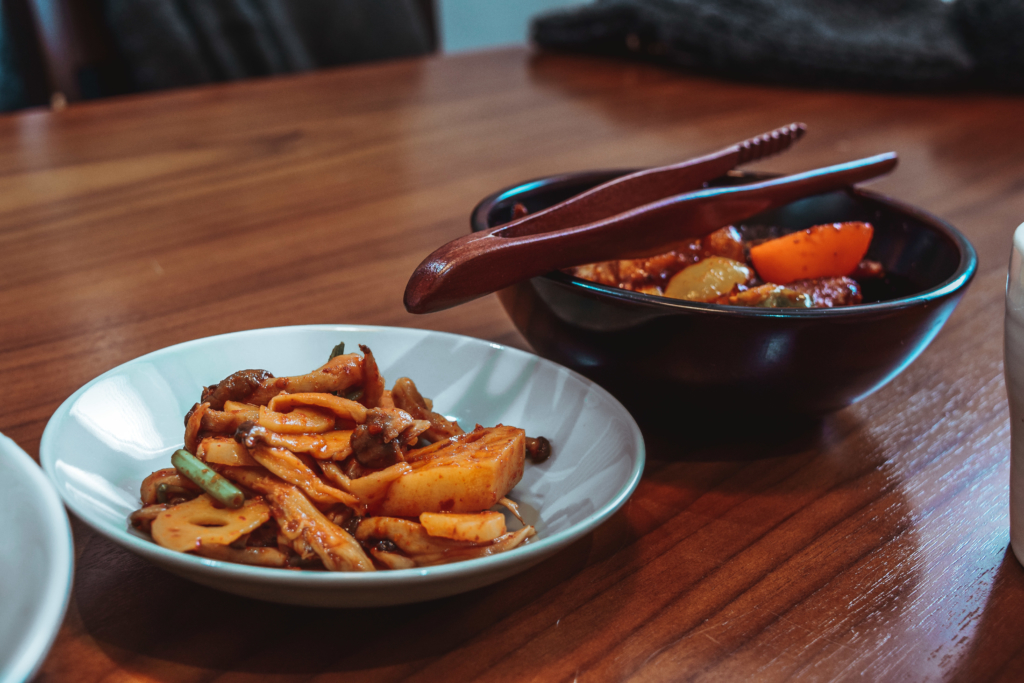
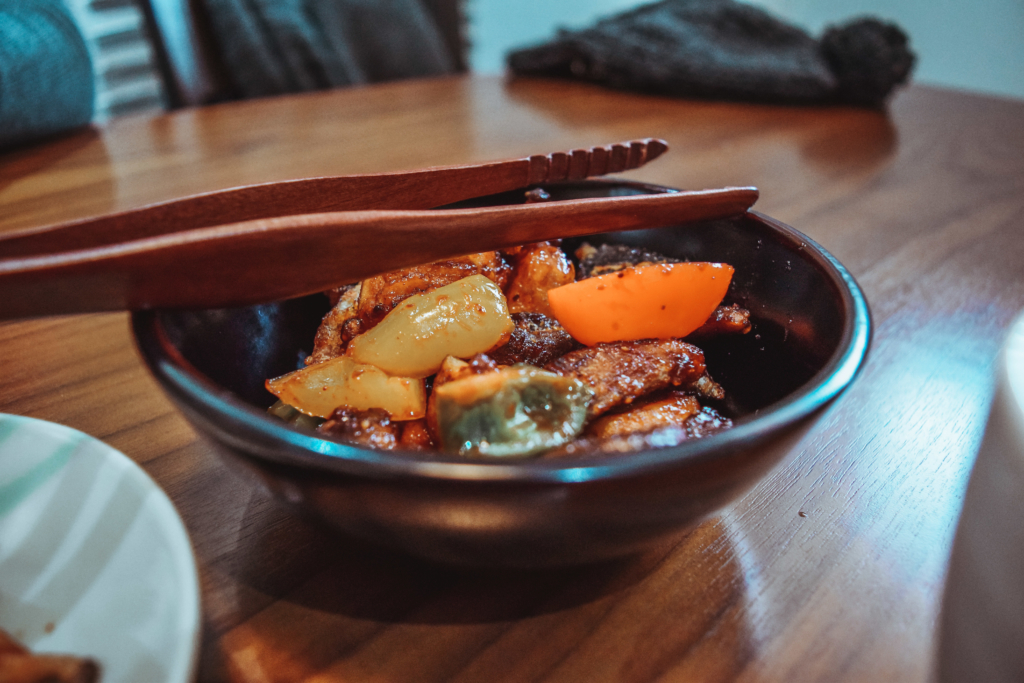
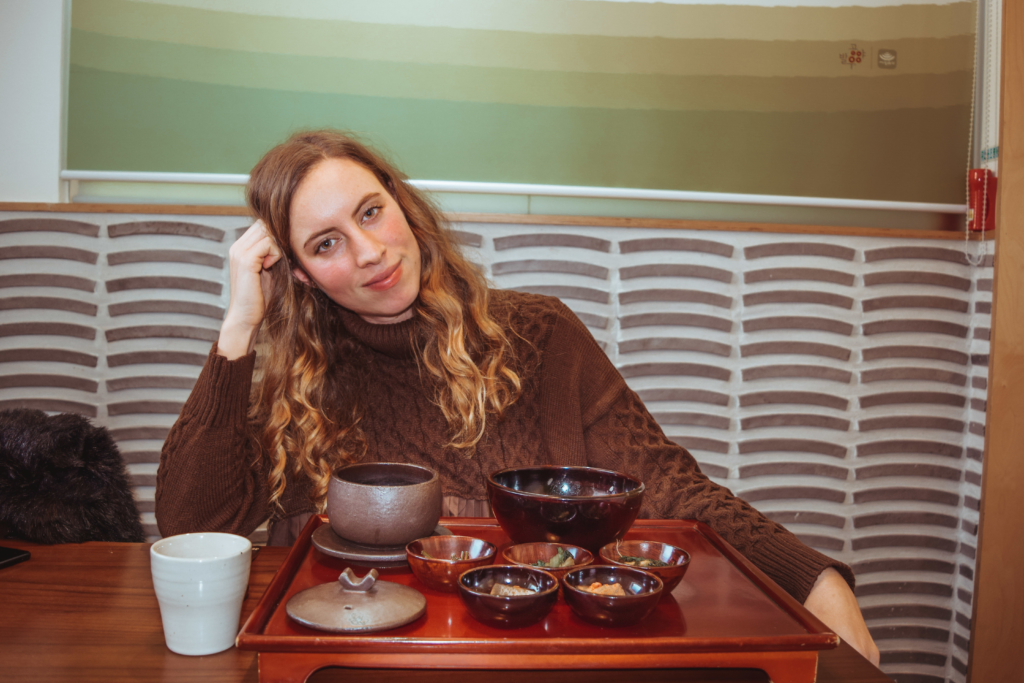
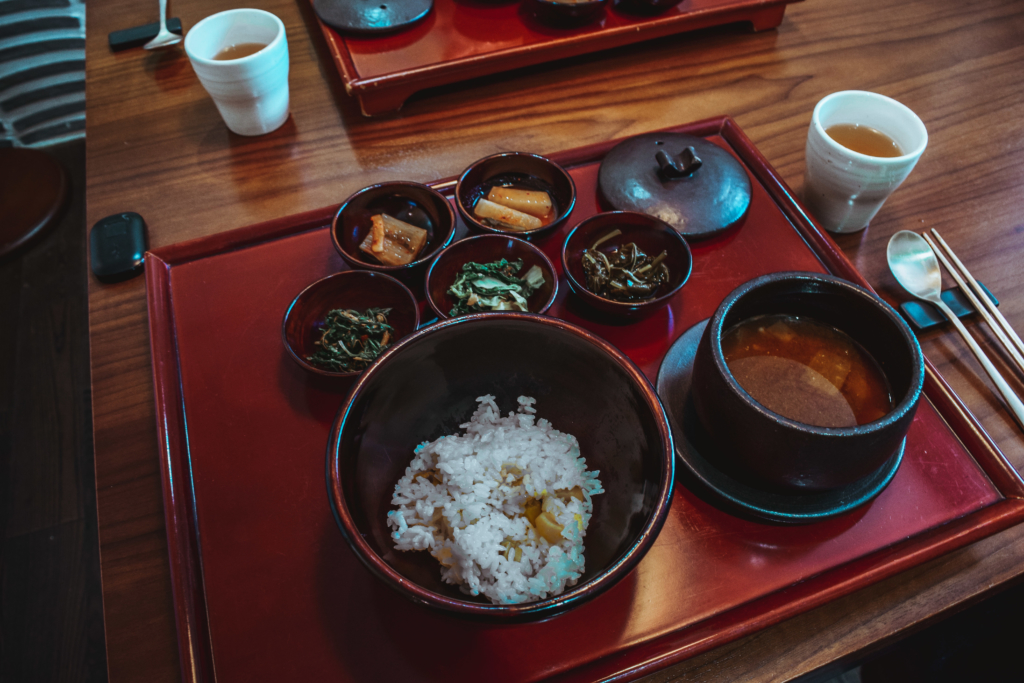
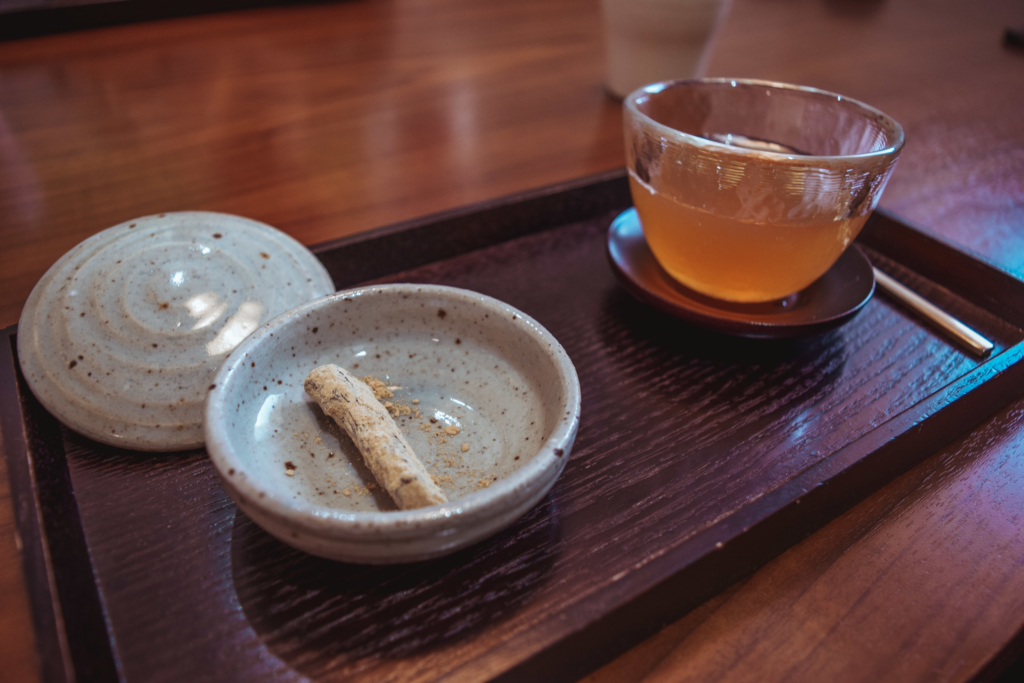
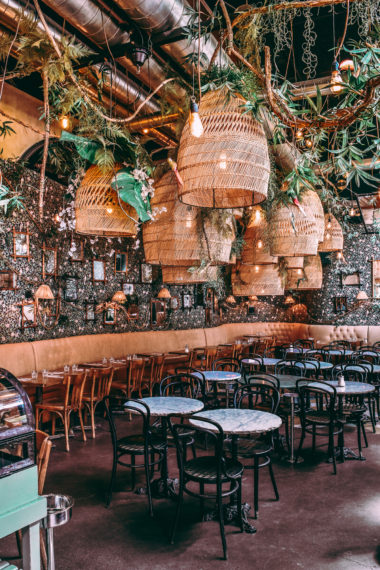



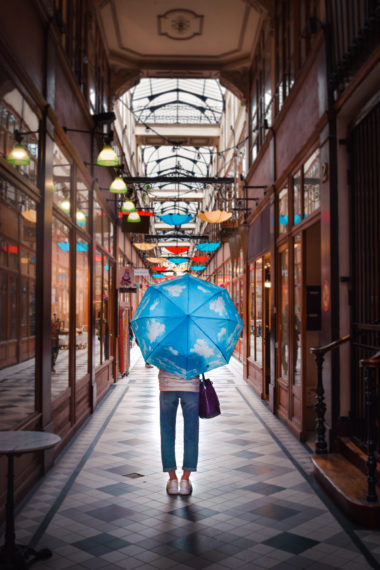
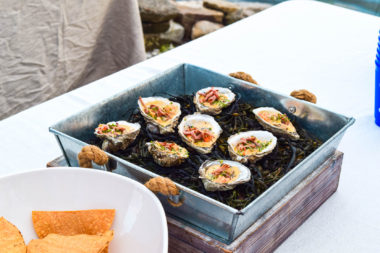

1 comment